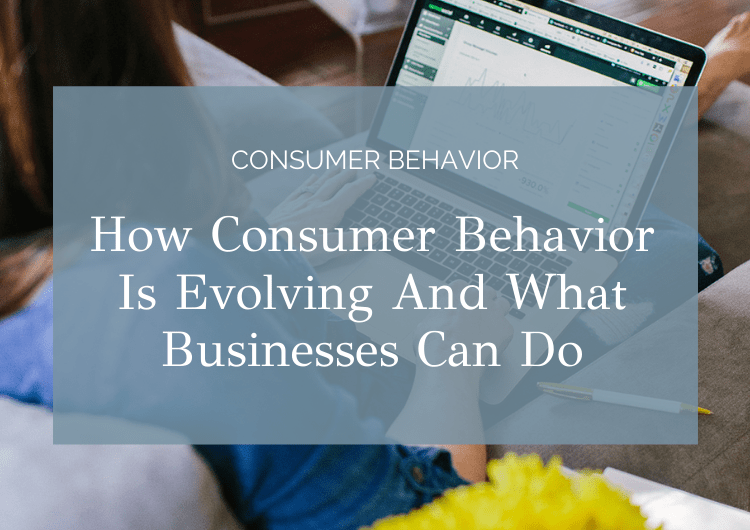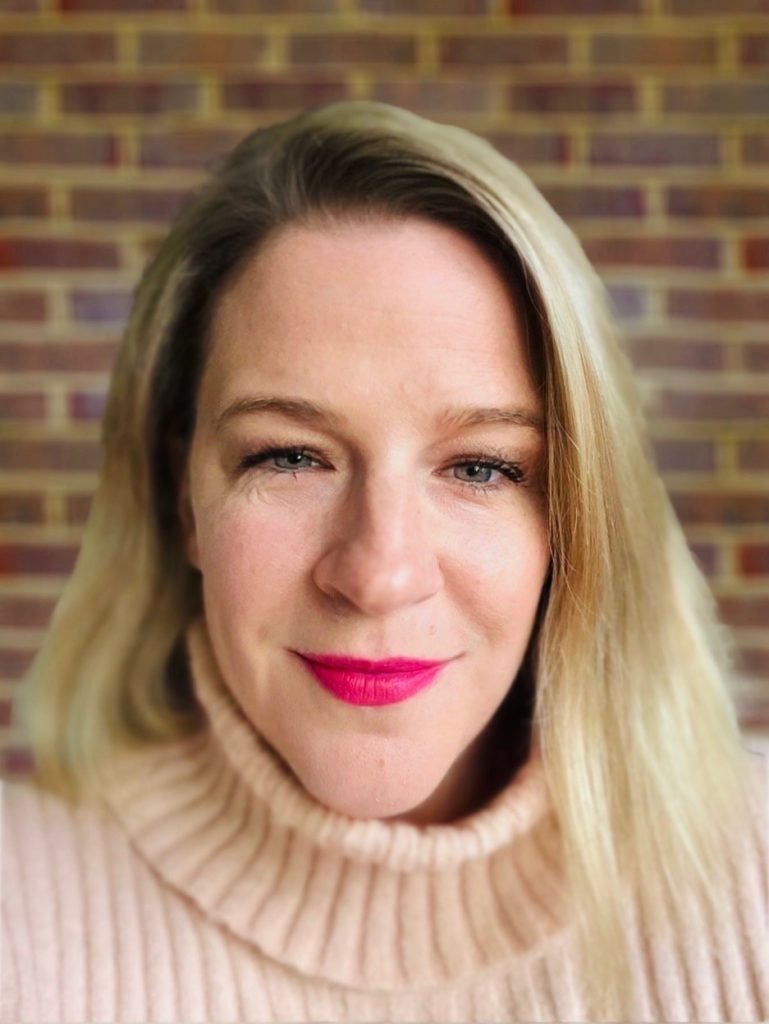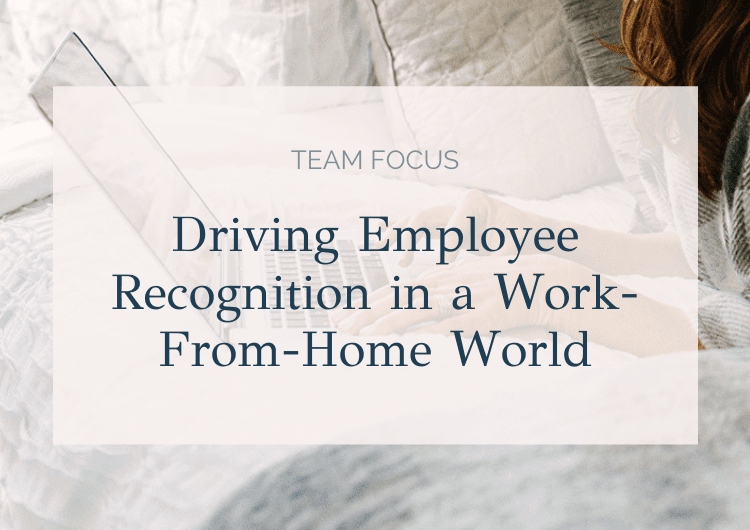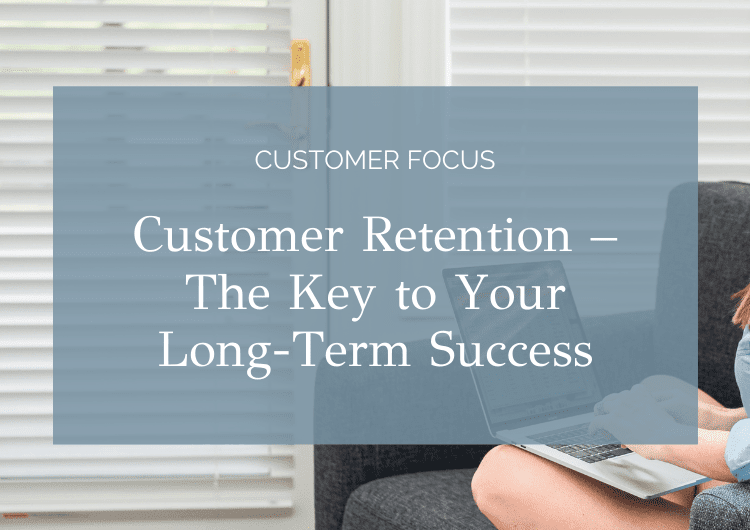How Consumer Behavior Is Evolving And What Businesses Can Do

As small business owners in the wake of COVID-19, we all know our clients and customers needs and preferences will continue to change rapidly in 2020. So what do we do?
We sat down with Katie Buckley, Managing Partner at Basis Research to discuss how customer behaviors and trends have evolved in recent years and what business owners can expect going forward. She shares how businesses can adapt and even breaks it down by industry.

Katie, can you briefly walk us through your story/experience – where you started and how you got to where you are today?
I’m Katie Buckley and I have been in Market Research for 18 years. I’ve spent most of my career at a boutique research house called Hall & Partners.
My experience and expertise lie primarily in the financial services, technology, CPG and travel industries – always aiming to help clients build, nurture and sustain strong brand relationships with their customers. I specialize in the B2B space, particularly understanding the lifestyles and needs of small business owners. Recently, I left H&P as their Global Head of Qualitative Research to join Basis Research and start their Chicago office (where I am based).
What is qualitative research and how is that different from quantitative?
I like the say that qualitative is the better research – though anyone who prefers hard numbers and facts over a good story will probably disagree.
Qualitative is based on very small ‘samples,’ findings are ‘directional’ vs. concrete or significant and there is a lot more room for one’s opinion to be brought into the story/narrative.
When deciding if you need qual or quant research, the best question to ask is:
Do I want to explore or investigate a topic or audience? Then do qual.
Do I want to quantify and measure data/a question/a problem? Then do quant.
And if you want to explore and then quantify, do both! Within each discipline there are countless methodologies that can be designed and executed to meet your objectives.
Qualitatively, I immediately think about ethnography, focus groups and workshops, diaries, customer journey work, shopalongs, target illumination and early communications ‘testing’ called creative development. – all of which can be done F2F (face to face) and online.
How have you seen customer behaviors and trends evolve in recent years (prior to March of 2020)?
Digital trends are clearly the newest and most impactful. Understanding how people interact and engage with each other and brands online is crucial. The last major change to the brand/consumer power dynamic was from monologue (brands telling consumers something) to dialogue (where both parties interact and participate with each other).
Now I wonder if we are headed toward a consumer monologue dictating what brands say and do. Consumers, especially Millennials, have a thorough understanding of how to create and manage their online image and equity – producing brand-level marketing on their feeds – and brands now have to seek permission to be part of this.
I talk to a lot of clients about Badge Value ‘2.0,’ it’s no longer enough to have a strong brand identity, you need to show up in your customer’s world e.g. with purpose, a meaningful social media presence and total transparency. And consumers want their own values to align with brands they choose – they demand to know brand’s views on the environment, how they treat their staff, source their material, what their Corporate Social Responsibility (CSR) approach is, etc.
We are in a unique time, what behaviors do you think will be the same/different by customers going forward?
I think this totally depends on the industry. A recent visualization from the NYTimes showed just how drastic the drop has been across spending categories: health and beauty, entertainment, restaurants, transportation, retail, travel. While this isn’t surprising, I think it will be interesting to watch how these recover or redefine themselves over time. What will come back? What will come back but look different? What new entrants and categories will emerge?
- In Grocery, will Instacart continue to see the traction it has now? Will the desire to see, touch and feel the food we eat outweigh the fear of germs/disease or vice versa? Will squeezing anything in the fruit and veg department ever be ok again?
- For restaurants, will you want to use that ketchup that has been touched and used by everyone? Will you belly up to the bar for a drink or to eat? Will you ever go to a buffet again? How will restaurants survive if they must allow fewer people in and have more regulations and processes? Will it become even more of a luxury now because of the prices?
- In retail, online brands and those that have already mastered the online and brick and mortar space are likely going to be fine (think Apple stores). But I worry about pure brick and mortar more than anything. Do you want to try on clothes now? Do you want to pick up the same bowl that 100 other people have touched? Especially with the rise of social purchasing on Facebook and Instagram, easy quick purchases with low risk and easy returns may overtake a need to go to the mall.
- Financial services is also interesting. Credit cards in the US offer a lot more than just credit. They have provided us with early access to tickets, exclusive events, varying levels of customer service that go beyond paying a bill. Will those departments and therefore benefits go away? How will that impact which credit card you choose? And this very well might be the final nail in the coffin for cash.
What advice can you offer businesses who are trying to better understand their customers motivations, desires, or needs?
Like in any good relationship, it’s all about communication. Find ways to talk to them. Whatever medium you want to use, ask them how they are doing, how they are feeling, what they need. Turn them into your own focus group or community of advocates- if you have new ideas, throw them out to your best customers, ask for their ideas and always ask for their feedback, good or bad.
And remember to also ask them to write reviews or recommend you as well. And pay attention to what they say- it’s just as interesting to see what people say in a review to learn about what they want and value out of their experience with you.
What is the best way (or top ways) a growing business can strengthen their relationships with their customer?
For the past 20 years, I’ve seen the strongest brands succeed because of a commitment to 3 big E’s:
- They typically try and make their customers life Easier. Right now, I think the strongest link to ease is seamlessness and connectivity. How does the product or service you offer fit seamlessly into the rest of your customer’s life?
- They show Empathy and care for their customers. It’s about being real and meeting your customers where they are and understanding what they need. Now more than ever (and in the future), the humanity of a brand is going to matter.
- And they Enable them to do or feel something they otherwise couldn’t. This is basic functionality with a twist. What do you offer that makes the customer feel more in control, better at what they do or want to do? This E is most useful in thinking about how you want to communicate to them- how are you going to make their life better? How can you convince them of this?
If someone was interested in having qualitative research done for their business, what should they expect? steps/process/outcomes?
A few weeks or maybe even days ago, I might have said that it wasn’t the best time for research- for the pure fact that people weren’t in the right mindset and still very much operating in the ‘quarantine fog’. But we are slowly entering the new reality and the behavior and attitudes that exist right now are going to continue and evolve for at least a year to 18 months and many of them will become the norm. So getting to know how your customers and potential customers are feeling and acting is imperative to start to understand the path forward.
Qualitative projects range in scope, cost and timing. There are so many great online tools that allow for really quick, easy asking and answering where you can see responses and findings in days if not hours. Larger, scale strategic projects typically take anywhere from 6-12 weeks from start to finish.
There is also a huge spectrum of cost. Custom qualitative research will typically be over $25K, but there are a lot of DIY approaches you can do yourself or hire a freelance to do for $1-10K. SurveyMonkey is also a great resource for doing your own research.
What is the best way for people to contact you or get a hold of you if they have questions around market research?
Email or call me. Email: buckley@basisresearch.com. Cell is 646-306-5156. Even if you just want to run something by me, I am happy to help.

